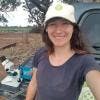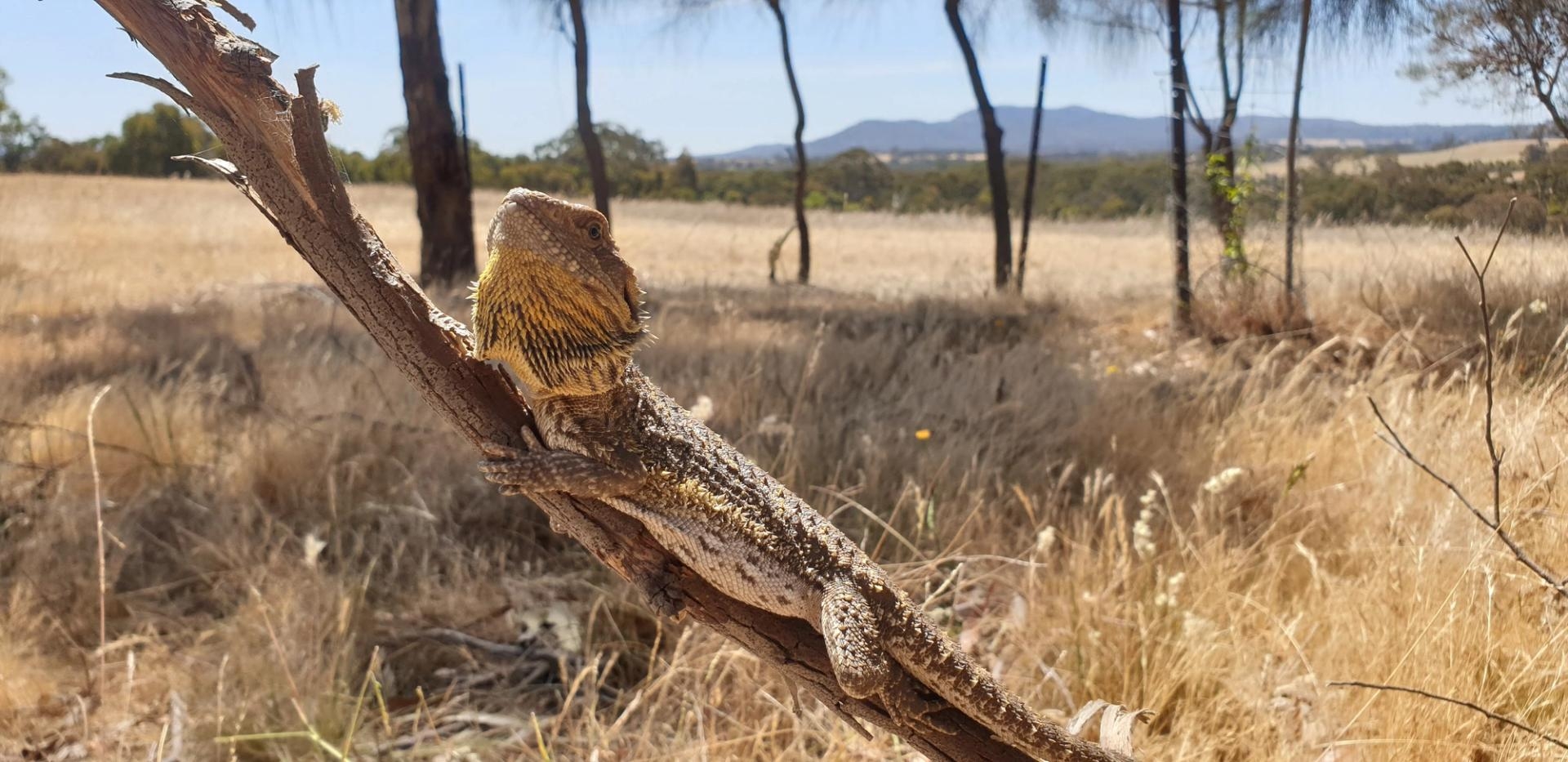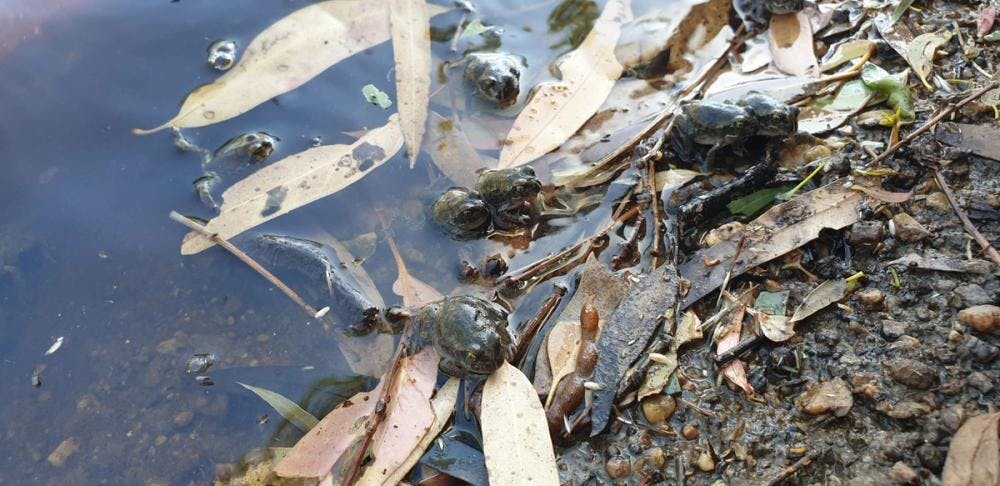22 February 2024
In the wake of bushfires, our communities are quick to seek ways to help, including for affected wildlife.
One of the ways we feel drawn to help is putting out food for the wild animals that now find themselves in a seemingly barren landscape. This is referred to as "supplementary feeding." While well-intentioned, this can sometimes have unintended consequences.
We have been reviewing advice given by different government agencies and wildlife organizations after past bushfire events, weighing up the pros and cons of supplementary feeding after a bushfire.
Based on this info, putting food for wild animals in the case of our recent fires in Pomonal, Dadswell Bridge and Mt Cole is not recommended.
The discussion was very well summed up in a 2022 Conversation article on the topic, which you can read by clicking the link below.
We also summarize some of the key pros and cons here:
Pros of supplementary feeding
Immediate Relief: Provides an immediate source of food for wildlife struggling to find sustenance in their burnt habitat.
Support for Recovery: Can aid in the survival of species with critical populations, contributing to broader ecosystem recovery efforts.
Engagement and Awareness: Encourages community involvement and raises awareness about the plight of wildlife and the importance of conservation.
Cons of supplementary feeding
Dependency: There is a risk of wildlife becoming dependent on human-provided food, which can affect their natural foraging behavior.
Dietary Issues: Human-provided food often does not meet the nutritional needs of native wildlife, potentially leading to health issues.
Predation Risk: Feeding stations can attract predators to the area, increasing the risk to already vulnerable animals.
Spread of Disease: Concentrating animals in feeding areas can facilitate the spread of diseases among wildlife populations.
Conflict and Competition: Concentrating animals in feeding areas can lead to increased conflict and competition among wildlife species, and between wildlife and humans, especially in town fringes.
For these reasons, the experts rarely encourage supplementary feeding.
The Victorian State government does not recommend the public engage in supplementary feeding, and prefers it is left to the experts.
The RSCPCA advises that generally supplementary feeding is not recommended, and only in ‘unprecedented conditions’ such as those experienced after the 2019/2020 fires and prolongued drought, giving water and temporary feeding until our natural habitats recover may be important to help these animals.
The NSW state government provided similar supplementary feeding advice to the public after the 2019/2020 fires, reminding that this practice is generally not recommended due to specialized dietary needs of native animals, but was being condoned under those extreme circumstances.
In this case we feel supplementary feeding may do more harm than good.
The main reason is the smaller scale of the burnt areas, compared to the areas for which supplementary feeding has been advised in the past. In our case, native species are facing more manageable distances to cross to forage in unburnt vegetation. For species with larger home ranges, their home ranges likely still extend into unburnt locations. For those species with smaller home ranges, the distances they must cross are manageable enough that the risks of supplementary feeding are likely to outweigh the benefit.
So what does the wildlife need from us?
The most important thing we can do for native wildlife after bushfires is actually to protect them from invasive species, especially predators! This has been identified time and time again as the most valuable post fire support for native species. More information to come on this shortly!
Another way you can support affected wildlife is focusing on water instead of food. Water stations are considered by the experts to be safer and more beneficial for native wildlife than feeding stations. Some tips for watering are compiled at the link below:

Elia Pirtle
Landcare Facilitator and Communications Officer

